The Golden Elixir: Exploring the Richness of Desi Ghee (500gm)
Introduction
Desi ghee, also known as clarified butter, has been an integral part of Indian cuisine for centuries. It holds a special place in the hearts and kitchens of millions of people across the country. Its distinct aroma, rich flavor, and numerous health benefits make it a treasured ingredient. In this article, we will delve into the world of desi ghee, exploring its origins, manufacturing process, nutritional properties, and the cultural significance it carries. Join us on this culinary journey as we unlock the secrets of this golden elixir.
Origins and Production
Desi ghee has a long history that dates back thousands of years. It traces its origins to the Indian subcontinent, where it was first produced by churning yogurt or curd to separate the butterfat. The traditional method involved using a wooden churner called a “madhani” or “mathani” to obtain the butter, which was then simmered over a low flame to remove moisture and obtain pure ghee.
The manufacturing process of desi ghee involves carefully boiling the butter until the milk solids separate from the golden liquid. The milk solids are then strained, leaving behind a clear, golden fat that is ghee. This process enhances the flavor and extends the shelf life of ghee.
Nutritional Benefits
Desi ghee is not only prized for its taste but also for its numerous health benefits. Contrary to popular belief, when consumed in moderation, desi ghee can be a part of a healthy diet. It is a rich source of fat-soluble vitamins like A, D, E, and K, which play essential roles in maintaining overall health.
The presence of butyric acid in ghee provides anti-inflammatory properties and aids in digestion. It is also known to promote a healthy gut and help alleviate constipation. The conjugated linoleic acid (CLA) found in desi ghee has been linked to weight loss and improved heart health. Furthermore, ghee contains antioxidants that help strengthen the immune system and combat free radicals.
Culinary Applications
Desi ghee is a versatile ingredient that adds a unique flavor and aroma to various dishes. Its high smoke point makes it ideal for cooking, as it does not break down easily at high temperatures. It is commonly used for frying, sautéing, and tempering spices in Indian cuisine.
From delectable curries to mouthwatering sweets, desi ghee is an integral part of numerous traditional recipes. Its rich, buttery taste enhances the flavor profile of dishes, making them more indulgent. Whether it’s preparing flaky parathas, aromatic biryanis, or heavenly halwas, ghee lends a distinct richness that is hard to replicate.
Cultural Significance
Desi ghee holds immense cultural significance in India. It is often associated with auspicious occasions and festivals. In religious ceremonies and rituals, ghee is offered as a sacred offering to deities, symbolizing purity and prosperity. It is also used in traditional Ayurvedic medicine for its therapeutic properties.
Conclusion
Desi ghee, with its golden hue and rich aroma, is much more than a culinary delight. It is deeply ingrained in the cultural fabric of India, representing tradition, nourishment, and well-being. From its ancient origins to its modern-day applications, ghee continues to hold a special place in the hearts of millions. So, the next time you savor a dish prepared with desi ghee, remember the centuries of heritage and goodness that this golden elixir brings to your plate.

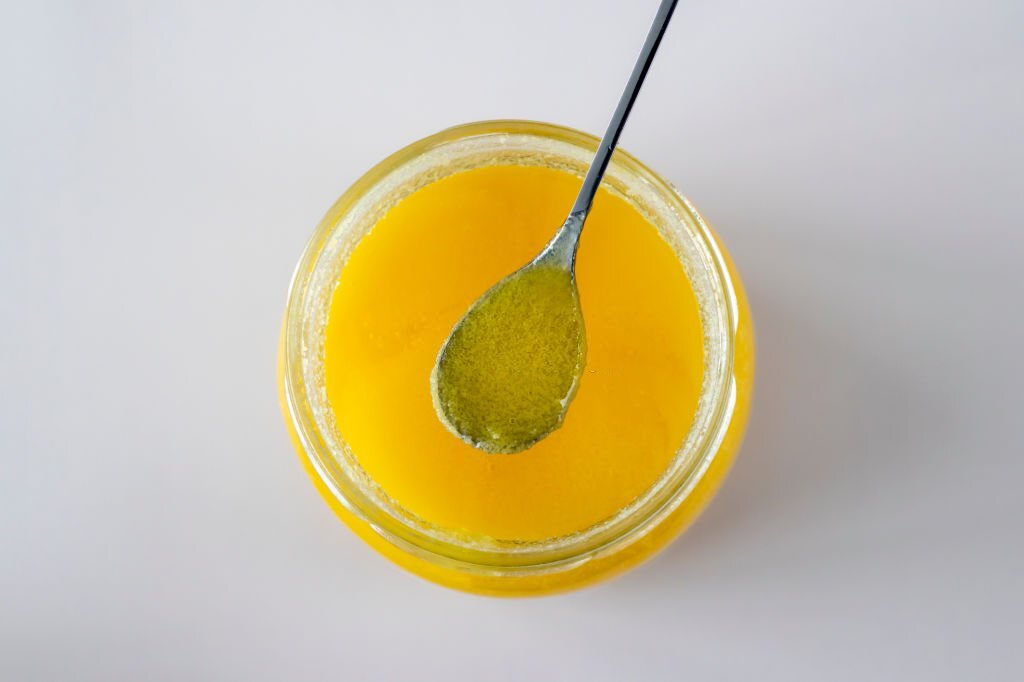
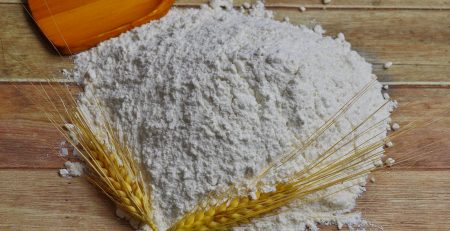
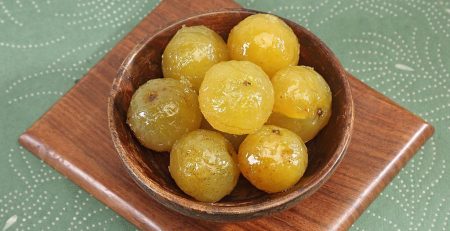
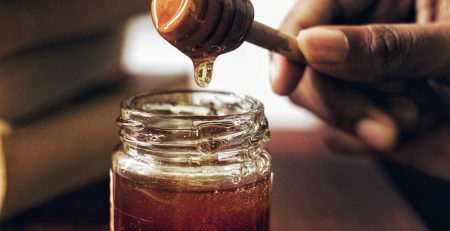
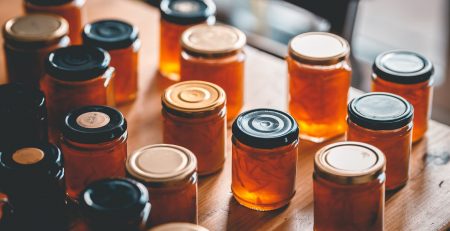
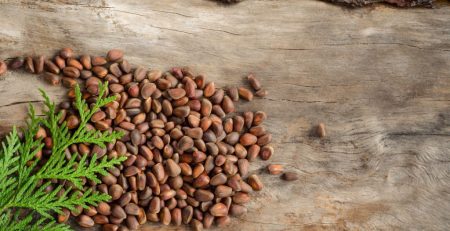
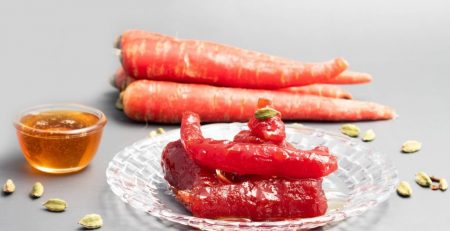
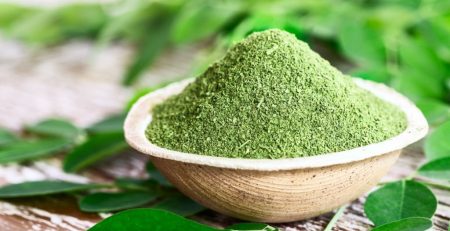
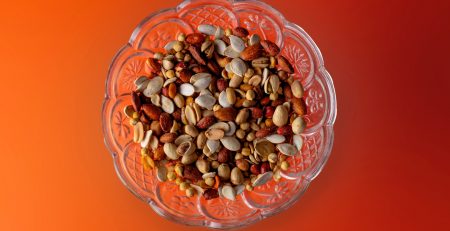
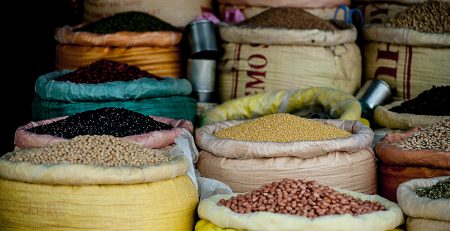
Comment (1)
[…] are endless. Each fruit brings its unique characteristics, contributing to the diverse range of jams available today. Whether you prefer a smooth texture or enjoy the added texture of fruit pieces, […]